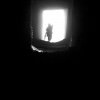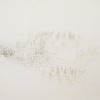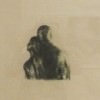Du détail à l'oeuvre
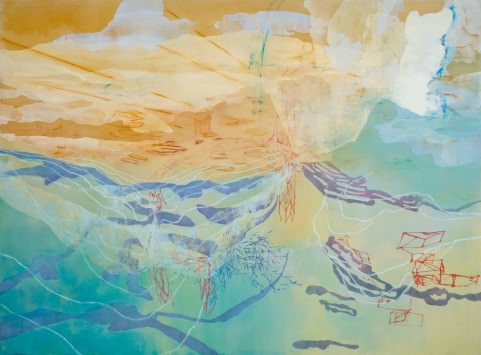
I'll be gone by the time the elephants arrive
2011
Acrylic and pastel on canvas
160 x 213 cm / 63 x 84 in
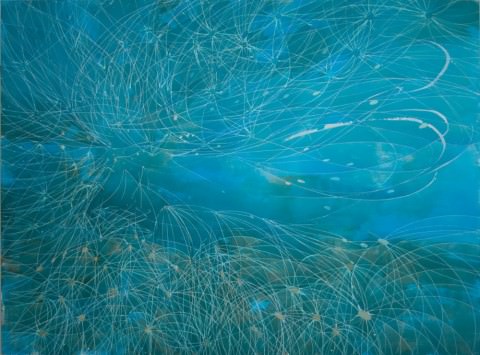
Les traces qui restent
2011
Acrylic and pastel on canvas
170 x 225 cm / 66.9 x 88.6 in
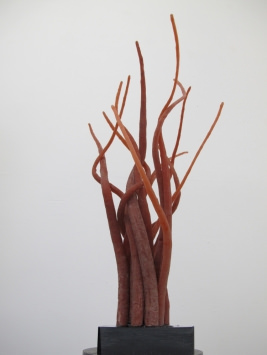
Entre les fils no . 3
2012
Polyurethane
55 x 8 x 8 cm / 21.7 x 3.1 x 3.1 in
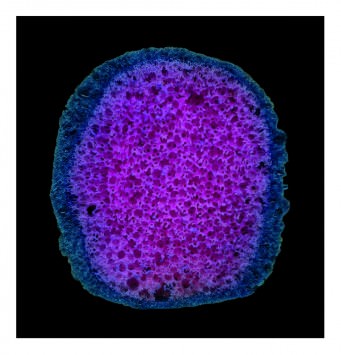
Rose - Aimée De Nano
2012 - 2013
94 x 88. 9 cm / 37 x 35 in
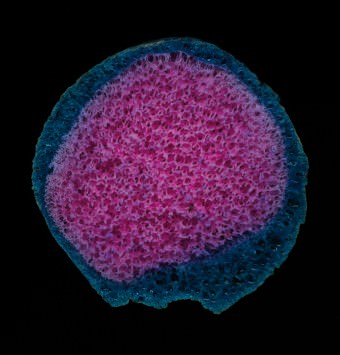
Rose - Aline De Nano
2012 - 2013
inkjet print
94 x 88.9 cm / 37 x 35 in
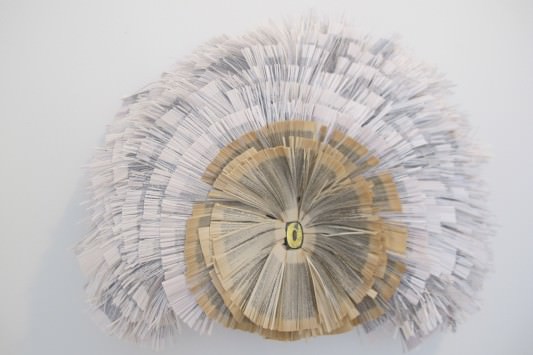
Fleuron d'été
2013
Back of a chair (wood, fabric), papier, ink, self-adhesive paper
58 x 73 x 10 cm / 23.2 x 28.7 x 3.9 in
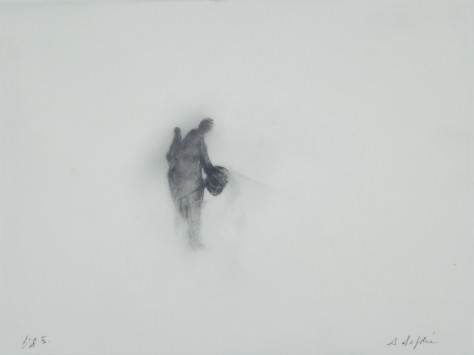
Fig. 5
2013
Graphite on Mylar paper
23 x 30.5 cm / 9.1 x 12 in
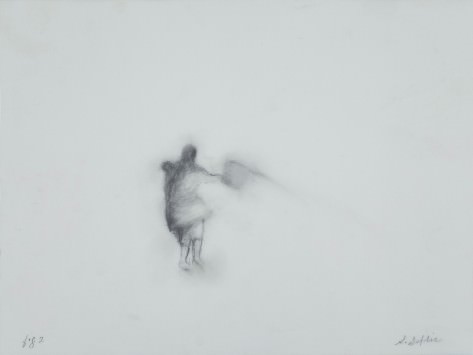
Fig. 2
2013
Graphite on Mylar paper
23 x 30.5 cm / 9.1 x 12 in
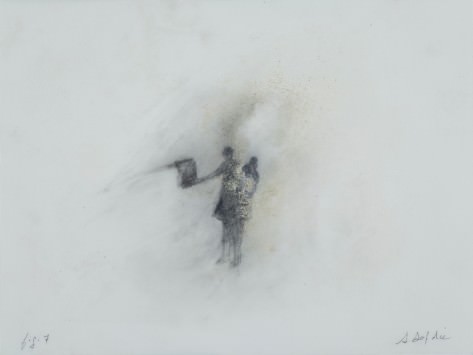
Fig. 7
2013
Graphite on Mylar paper
23 x 30.5 cm / 9.1 x 12 in
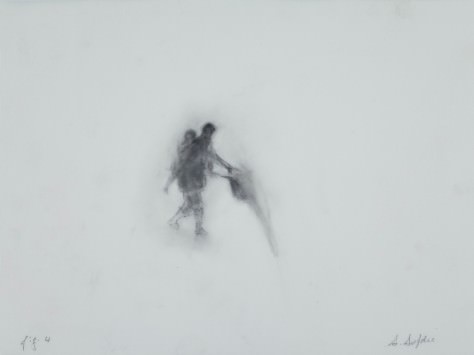
Fig. 4
2013
Graphite on Mylar paper
23 x 30.5 cm / 9.1 x 12 in
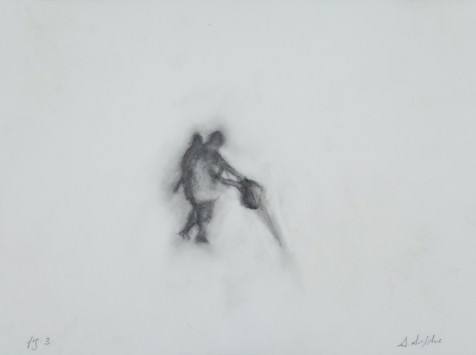
Fig. 3
2013
Graphite on Mylar paper
23 x 30.5 cm / 9.1 x 12 in

Fig. 6
2013
Graphite on Mylar paper
23 x 30.5 cm / 9.1 x 12 in
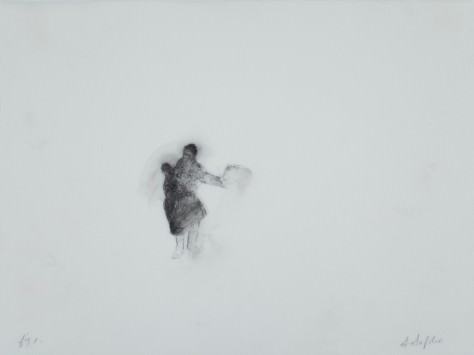
Fig. 1
2013
Graphite on Mylar paper
23 x 30.5 cm / 9.1 x 12 in
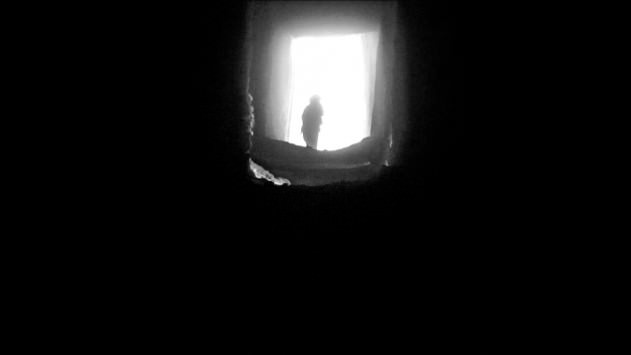
Morning 3
2013
Video still, inkjet print
15.3 x 27.1 cm / 6 x 10.7 in
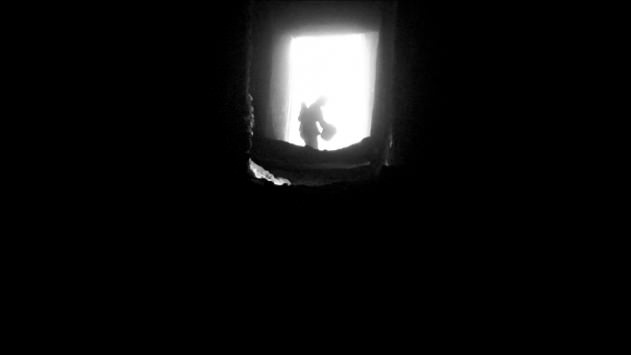
Morning 31
2013
Video still, inkjet print
15.3 x 27.1 cm / 6 x 10.7 in
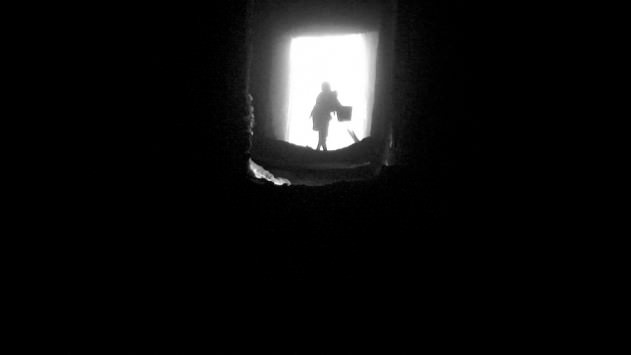
Morning 14
2013
Video still, inkjet print
15.3 x 27.1 cm / 6 x 10.7 in
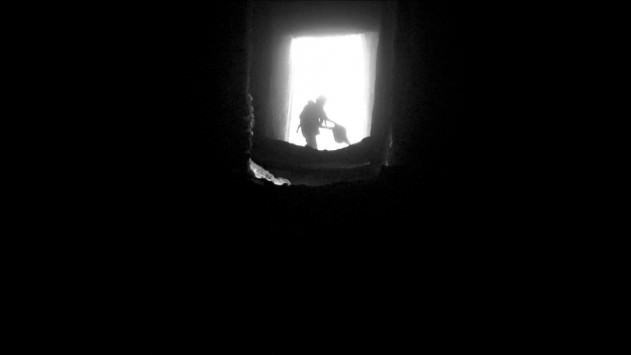
Morning 33
2013
Video still, inkjet print
15.3 x 27.1 cm / 6 x 10.7 in

Morning 18
2013
Video still, inkjet print
15.3 x 27.1 cm / 6 x 10.7 in
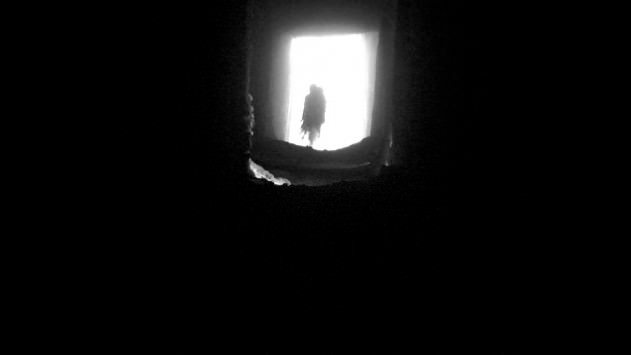
Morning 16
2013
Video still, inkjet print
15.3 x 27.1 cm / 6 x 10.7 in

Morning 47
2013
Video still, inkjet print
15.3 x 27.1 cm / 6 x 10.7 in
Mothlight Distributed
2013
Video, color, sound
3 min. 30 sec. / 00:03:30
Mothlight is a 1963 film by Stan Brakhage made without the use of a camera by pressing mothwings between strips of splicing tape and sending it to a lab to print. I met Brakhage in the 80's after his film Dog Star Man had been released on VHS. I asked him how he felt about it. He said he hated how it looked but more people were getting to see it. Mothlight Disrtibuted, also made without use of a camera, is culled from versions of Mothlight on Youtube.

L'heure du lunch (sortie de la cantine no. 4)
1996
Digital print, acrylic paint
25 x 38 cm / 9.8 x 15 in
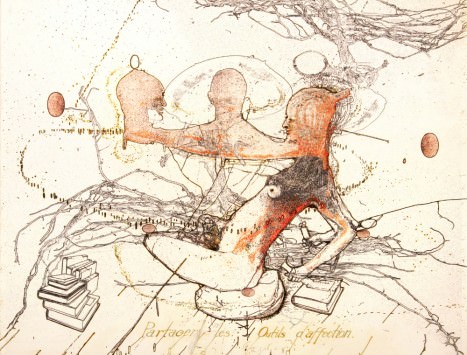
Partager les outils d'affection
2003 - 2008
ink. acrylic, polymer varnish on paper mounted on canvas
112 x 145 cm / 44.1 x 57.1 in
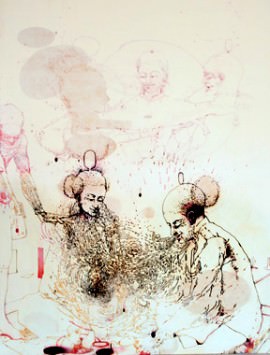
Accueillir ce qui advient
2007
Ink, acrylic, polymer varnish on Rives paper mounted on canvas
132 x 101.6 cm / 52 x 40 in
Perceptual Moment # 8
2013
Color video, silent, wood frame, Led screen
3 min 14 sec / 00:03:14
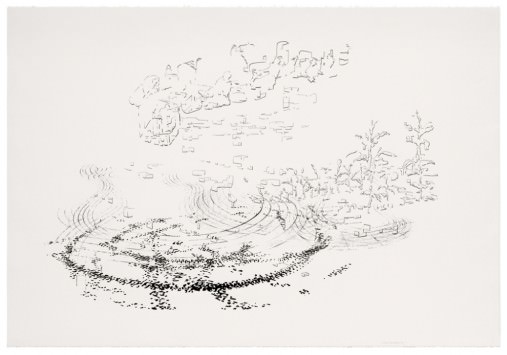
Sol volatile
2005
Lithographic chalk and acetone transfer on paper
77 x 120 cm / 30.3 x 47.2 in

Difficulté d'émergence
2008
Digital print on cotton paper
89 x 119 cm / 35 x 46.9 in
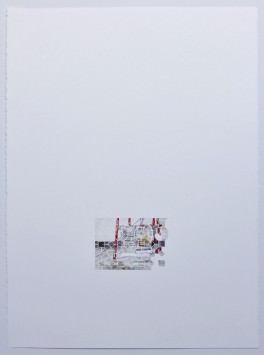
Maquette, l'atelier du VA
2010
Graphite and color crayon on paper
76 x 56 cm / 29 x 22 in
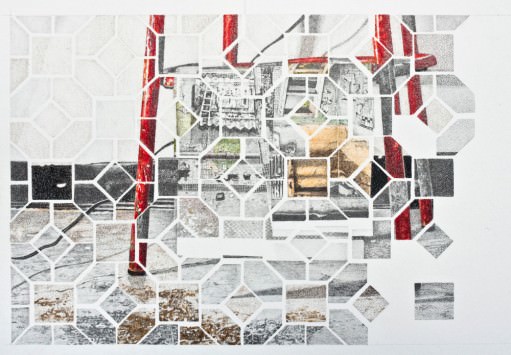
Maquette, l'atelier du VA (détail)
2010
Graphite and color pencil on paper
76 x 56 cm / 29.9 x 22 in
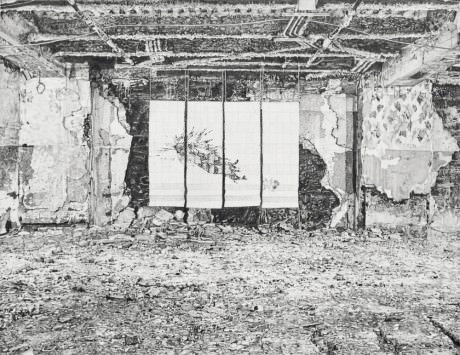
La disparition du portrait (détail)
2010
Graphite and color pencil on paper
76 x 56 cm / 29.9 x 22 in

Séquences
2013
Oil on Japanese paper
41.2 x 186.5 cm / 16.2 x 73.4 in
Text by Yan Romanesky, guest curator:
«In art history, details have always played a vital role. They express a desire to see, scrutinize, and analyze a work of art in depth. Details usually serve as an educational tool for art historians to direct the gaze of readers or of an audience to an object, a character or texture that is significant in the comprehension of a piece. However, details are also used by numerous artists as inspiration during their creative process. For example, Rodin often reused certain details of his sculptures: hands, legs, and sometimes even entire bodies of which he only reworked the posture. As for Picasso, he appropriated certain details of well-known works, the most famous being the Infanta Margaret Theresa at the centre of the painting Las Meninas by Velázquez.
Details are often a pretext for exchanges with the spectators. It invites them to participate in a game of observation, interpretation and investigation. By thinking about the different uses of details in the conception of an artwork, I became interested in their integration in the process of certain contemporary artists. »
Text translated by Caitlin Stall-Paquet
Press release
News
No news at the moment.


















